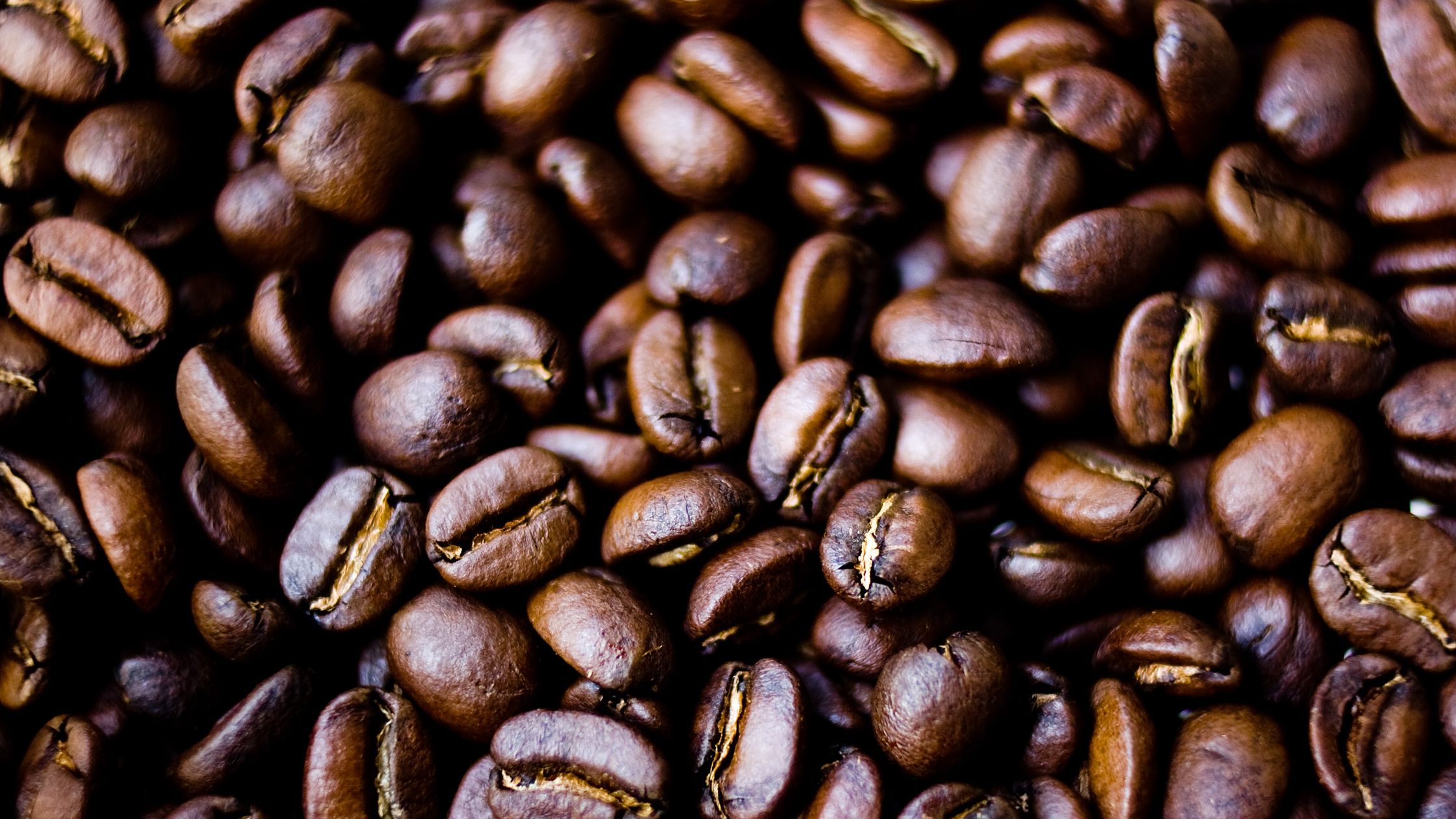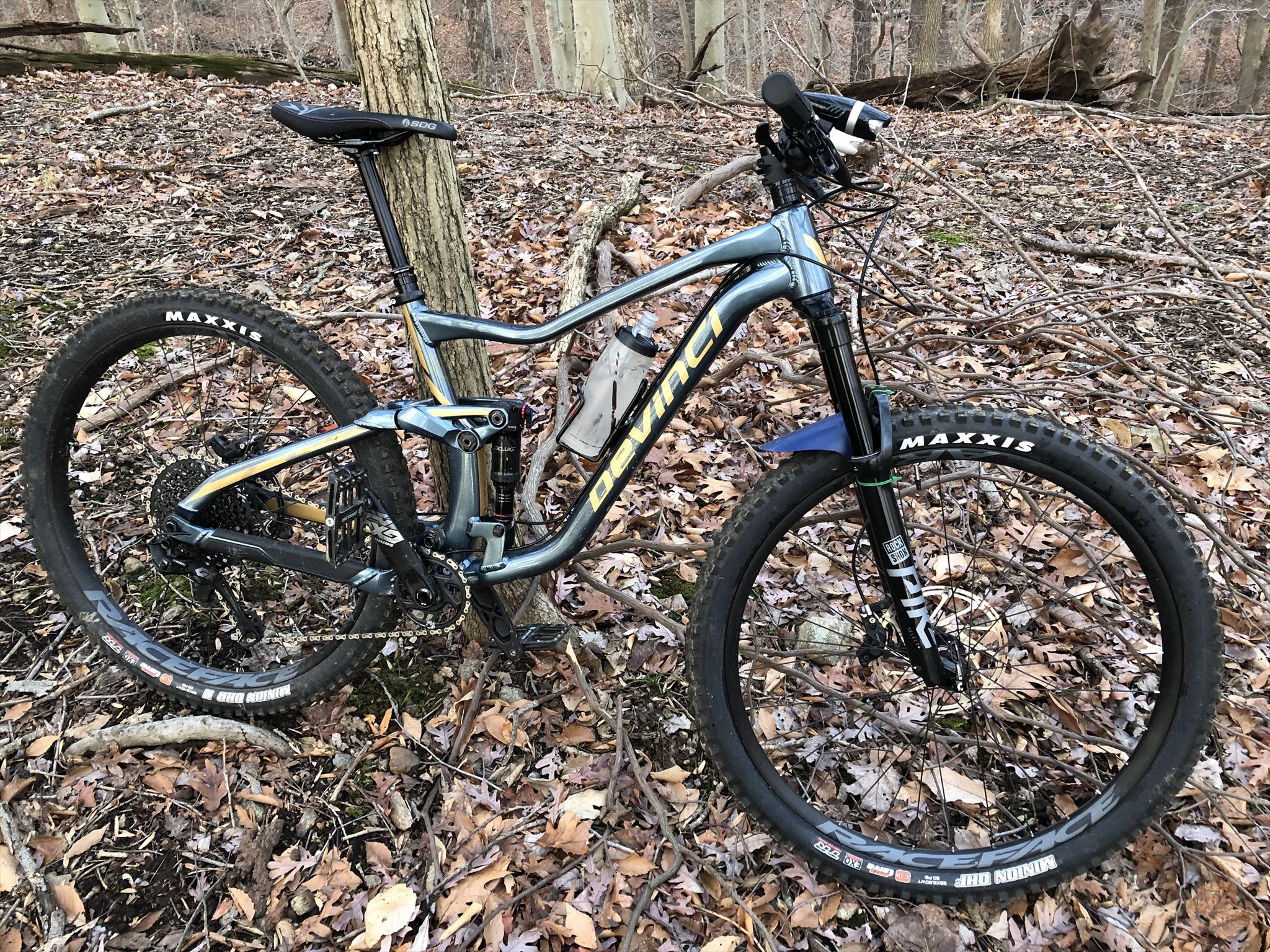- Beans: “Pura Vida” from Rise Up Coffee Roasters (Easton, MD)
- Roast level: Light
- Origin: Costa Rica (Finca Las Gravilias)
- Tasting notes from web site: Complex and very well balanced; bright with hints of honey and orange citrus. Light roast, sweet cup
- Roast date: 6/18/2024
- Purchase date: 7/8 or 7/9/24 at Green Valley Marketplace in Elkridge, MD
- V60:
- 21g to 22g coffee / 300g water
- JX: 18 (54 clicks)
- Water at 99°C
- Recipe: Single Cup V60 Pourover with size 1 dripper; slow pour
I’ve been starting most of my new bags out at grind setting 20, but may switch to 18 going forward, as I seem to end up there regardless of what I’m brewing. The exception has been a couple bags of Zeke’s beans that seemed to work better with a coarser grind.
I have managed to get myself a workable pour-over setup at my office. I bought a plastic size 1 V60 cone for the office and a new coffee scale for home, and brought our old OXO food scale to the office. A couple of coworkers have electric goose-neck kettles they’ve said I could use, and we also have a cheap communal electric kettle that boils water, so there was no need for me to buy another kettle. In lieu of a grinder, I’ve been grinding the beans at home and bringing the grounds to the office. A true coffee snob might not approve, but the extra few hours between grinding and brewing doesn’t seem to make much difference with the finished product.
That all brings me to my experience with these beans: I started out at grind setting 20 and used my size 2 plastic V60, and the result was good, but not awesome. Same thing with grind setting 19. Then, I brewed a cup at work with the smaller cone (also at setting 19) and the cheap kettle. It has a regular, non-goose-neck spout, which makes it more challenging to regulate the pour rate. In spite of that, the cup tasted much better than the cup I made at home with the larger cone. So, I decided to try using my size 1 cone at home. The big difference is that it’s ceramic vs plastic, so I preheated it to avoid cooling the coffee too much during brewing. I also adjusted the grind to 18. The result was another really good cup. In general, I’ve noted that with all else equal, the size 1 V60 drains a lot faster than the size 2. These beans are no exception: with the larger cone, they finish at 2:40 to 2:50; with the smaller cone, they’re done by 2:30. With other beans, this has been a recipe for thinner-bodied cups, but these beans seem to work better with the faster drain-down. This is good to know, as it will give me something else to try with beans that I have a hard time dialing in.

